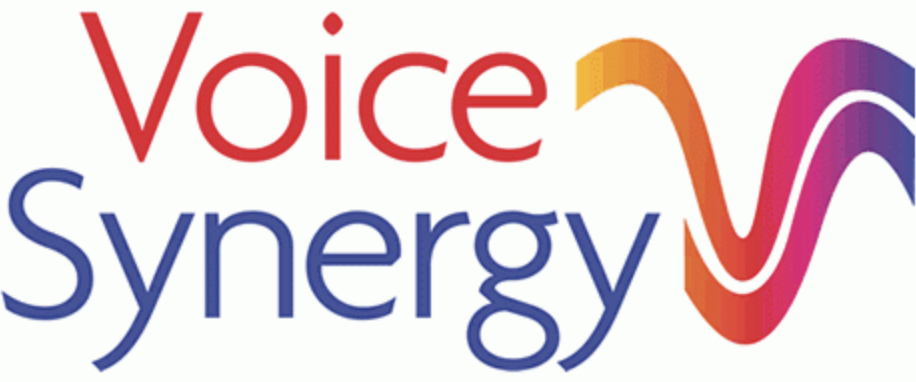 A recent news feature on BBC Radio 4, ‘Why Can’t Our Children Talk?’ highlighted the importance of children making conversation from a very early age to help with their speech development.
A recent news feature on BBC Radio 4, ‘Why Can’t Our Children Talk?’ highlighted the importance of children making conversation from a very early age to help with their speech development.
Specialists say that unless children are engaged in talking from infancy, they will not learn to speak properly and will never catch up on this essential life-skill.
Infant and primary school teachers are reporting that children are more frequently observed to be unable to formulate proper sentences. Teachers and charities are working together to help and encourage parents and carers to put aside their mobile phone and turn off the TV and even the radio when they are with their child. The experts stress how important it is to speech development to give their child focussed attention and speak and respond to them in the moment.
Children need an almost instant response to help them to learn to speak. If they point at an animal and say, “Dog,” it’s vital to engage with them there and then. “Yes, look at that dog, she’s a brown dog and she’s walking to the park,” might be the response, for example.
Children build up their vocabulary, sentence structures and accents with the help of those closest to them. This interaction can be so joyful as children frequently come out with hilarious thoughts. A little girl I know, aged just three, was sitting at the table, deep in thought then said suddenly, “My ears are so quiet, aren’t they?!”
In a child’s formative years, habits are created and become set so that years later, if they wish to change their accent for example, it can be quite a challenge to break those old habits of pronunciation. Even the ambition to speak more clearly can be hampered by the habit of failing to move your lips enough as you speak.
Having reflected on these two issues, I have come up with an interesting solution to ameliorate their obstacles.
First, for the child who needs more conversation and vocal interaction, what could better than reading a story aloud to them. The opportunities to talk about the characters in the story, what the child thinks might happen next and so on, will be plentiful and fun.
Second, for the story teller, wishing to be more clearly spoken, there is the opportunity to exercise the articulators as the story is read aloud.
Here are some practical articulation exercises to help with speech clarity. When there is a character in the book, let’s say a cat, you can squeeze your lips (as though you are about to whistle) and make the cat speak with a ‘whistle-shaped’ mouth. Another character, let’s call it a mouse, can be characterised by having a very, very wide mouth, like a huge smile. As you speak for the mouse, your lips are spread and stretched sideways. As you speak for the cat, your lips are drawn together into a tiny space.
Let’s bring another character into the story. Let’s pretend this character is the donkey with no teeth. She will speak with her lips covering her top and bottom teeth, stretching her lips so they almost don’t show as they disappear behind the upper teeth and lower teeth.
Switching your lips position as you tell the story will provide a great work-out for the muscles in and around your lips. The muscles around your lips are used all the time in creating shapes for your words even when you’re not being the cat, dog or donkey. By exercising these lip muscles and being playful as you speak, you will be developing stronger articulators, which in turn help you to speak more clearly.
Here are two fabulous outcomes of story reading. A happy child who has enjoyed the immeasurable benefits of verbal interaction and you, the story teller, using new speech muscles and having fun as you do so.
As with every new challenge undertaken, you will know that the more you practise, the better you get. As your lip muscles strengthen, you should notice some benefits in the clarity of your everyday speech.
For more information, get in touch.
